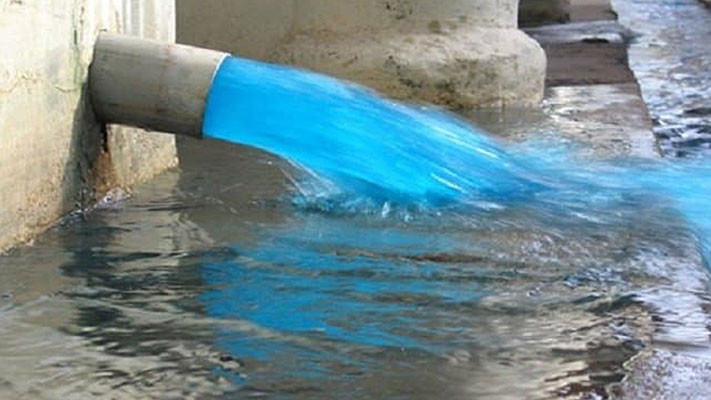Microbial Degradation of Textile Dyes
India manufactures about 80,000 tonnes of dyestuff. During the dyeing process, almost 10% of the unreacted dye is lost and comes out as wastewater or effluent from the Textile processing unit. Effluent treatment is one of the major problems faced by Textile industries. As much as 5% of the total capital goes into managing the wastewater treatment process.


Industrial Effluent - A Threat to Environmental Safety
Effluent from Textile industries contains 10-200 mg/l of unreacted dyes and therefore is usually coloured. They also absorb visible light in the wavelength of 400 - 700 nm, thus obstructing the passage of light into the water bodies. Effluents not only blemish the aesthetic quality of water but also endanger the life of aquatic animals living in the water bodies. Although effluent treatment processes are expensive, it is necessary to avert the threat of effluent water on eco safety by treating it before discharging to the environment.
Pros and Cons of Contaminant Removal Techniques
Since dyes are designed to be chemically and photolytically stable, treating them effectively to meet the legislative standards could be a problem. A number of physical and chemical methods had been innovated to effectively treat industrial wastewater, however, most of them are expensive and ineffective. Typical dye removal techniques like electrochemical destruction, ozonation, membrane filtration and ion-exchange are known to generate sludge, form toxic by-products or are unsuitable for all types of dyes, thus proving unproductive, inflexible and unsustainable. Many of these methods just remove the contaminants but won’t destruct them completely which must be later disposed of by incineration, adding to the cost of effluent treatment. Of all the methods of effluent treatment discovered so far, Microbial Degradation is known as the most effective and efficient of them all.
Microbial Degradation and it’s Advantages
Biodegradation or Microbial Degradation is the process of using the natural potential of microorganisms to degrade contaminants. It is one of the cheapest and most effective solutions for treating effluents. Microbial Degradation has been proven to detoxify the effluent without leaving out any residues. It can also degrade contaminants in very low concentration which is not feasible by physical or chemical methods. Several microorganisms such as bacteria, fungi and yeast are capable of decolorizing and degrading pollutants under different aerobic and anaerobic conditions.
An Effective Way to Treat Azo Dyes
Out of the 10,000 different types of dyes and pigments used by Textile industries, 60-70% of them are azo dyes. The production rate and usage of azo dyes have surged in the recent past in response to their increased demand among consumers. Due to problems like low fixation rate of azo dyes in the textile dyeing process, there is a need in the industry for treating azo dyes effectively. It has been reported that several species of bacteria are capable of completely degrading azo dyes in wastewater. Moreover, it is demonstrated recently that a consortium of various microbes can completely mineralize azo dyes in effluents.
What should Textile Processing Units do?
Microbial Degradation is a cheaper and environmentally friendlier way of treating effluents. Due to its simplicity, cost-effectiveness and sustainability, Microbial Degradation is gaining ground and is a highly recommended effluent treatment process for Textile processing units. In order to avail the complete benefits of Microbial Degradation, Textile Processing companies must start investing in Environmental Biotechnology to discover new varieties of microorganisms that can effectively treat wastewater.
Your Comments
INDUSTRIES WE SERVE












